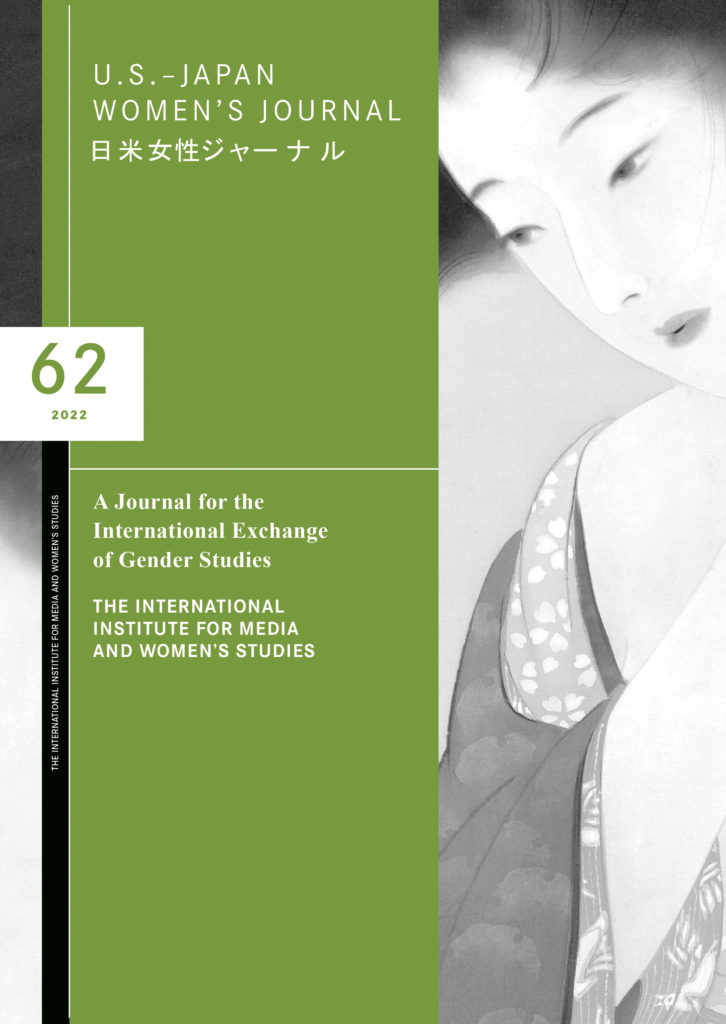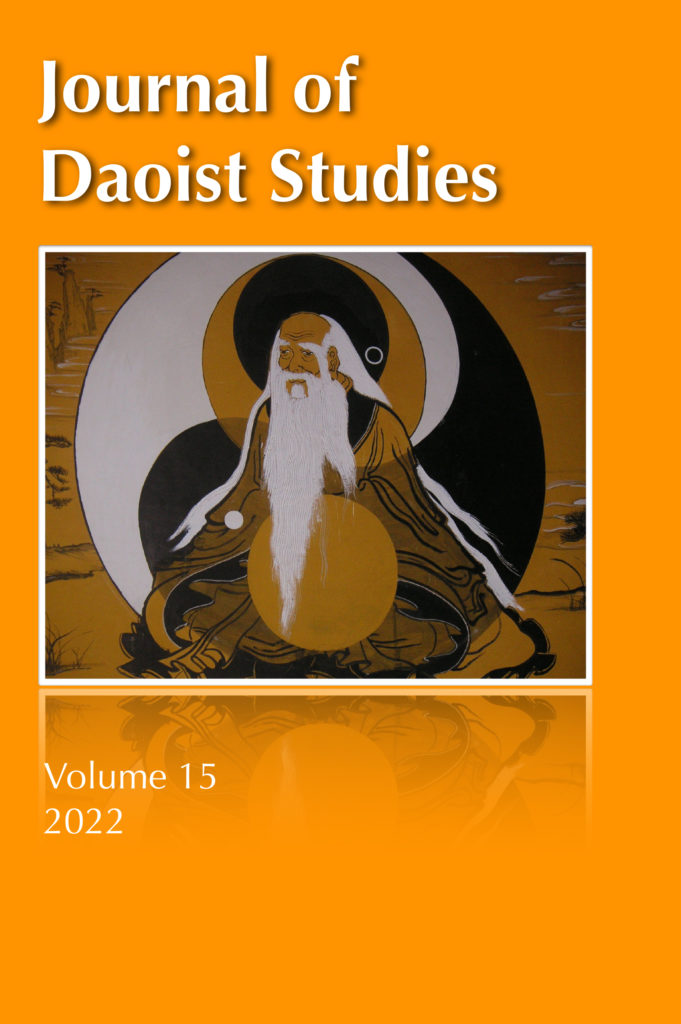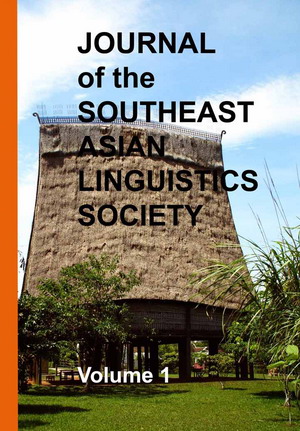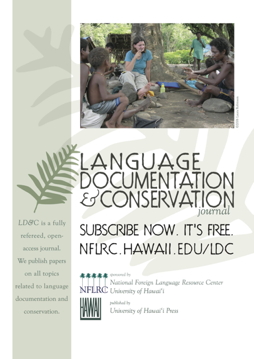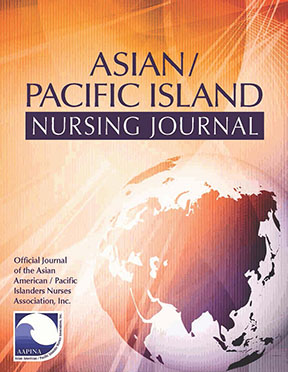In Graphic Medicine, the new monograph from the Biography quarterly, comics artists and scholars of life writing, literature, and comics explore the lived experience of illness and disability through original texts, images, and the dynamic interplay between the two.
The essays and autobiographical comics in this collection respond to the medical humanities’ call for different perceptions and representations of illness and disability than those found in conventional medical discourse. The collection expands and troubles our understanding of the relationships between patients and doctors, nurses, social workers, caregivers, and family members, considering such encounters in terms of cultural context, language, gender, class, and ethnicity. By treating illness and disability as an experience of fundamentally changed living, rather than a separate narrative episode organized by treatment, recovery, and a return to “normal life,” Graphic Medicine asks what it means to give and receive care.
During the past decade, graphic medicine comics have proliferated—an outpouring accelerated recently by the greatest health crisis in a century. Here, guest editors Erin La Cour and Anna Poletti discuss the collection.
University of Hawai‘i Press: Tell us how this special issue came together.
La Cour and Poletti: The idea for the special issue came from the Amsterdam Comics Conference in 2018, where there were a number of papers that explored graphic medicine. We became interested in bringing scholars and artists together to think about how the discourse of graphic medicine had developed and what future directions it might move in. We wanted to create an opportunity for interdisciplinary and intergenerational conversations about narratives of illness and disability in comics form, as well as consider what the limits of graphic medicine might be.
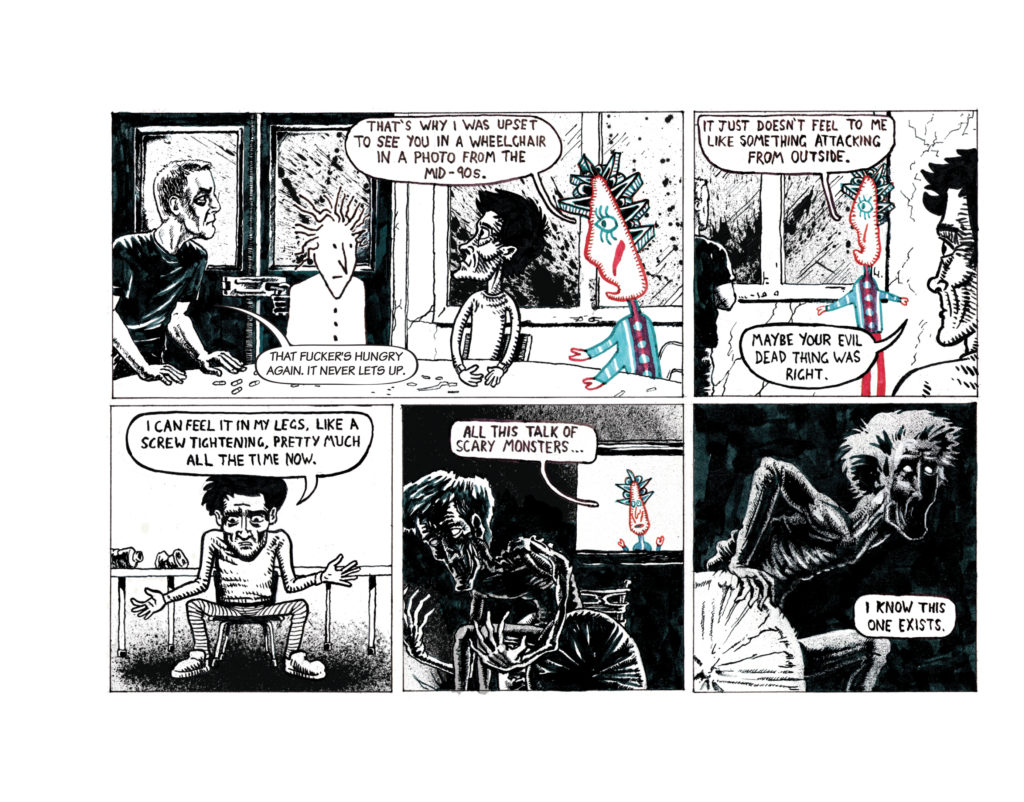
UHP: In the introduction, you pose the questions, “What can lifewriting scholars add to the burgeoning interest in life writing in comics form, and how might this new field of interest provoke lifewriting scholars to think differently about life writing?” How do you think this collection might provide an answer?
Editors: Our hope is that the special issue answers these questions by demonstrating that practitioners who reflect on their creative work are some of the most important theorists of graphic medicine’s potential uses and limitations. We also think that the investment in graphic medicine as a way of intervening in how medicine is practiced provides life writing scholars with fresh challenges in terms of thinking about how life writing is used, and the kinds of stakes people and institutions have in personal storytelling.
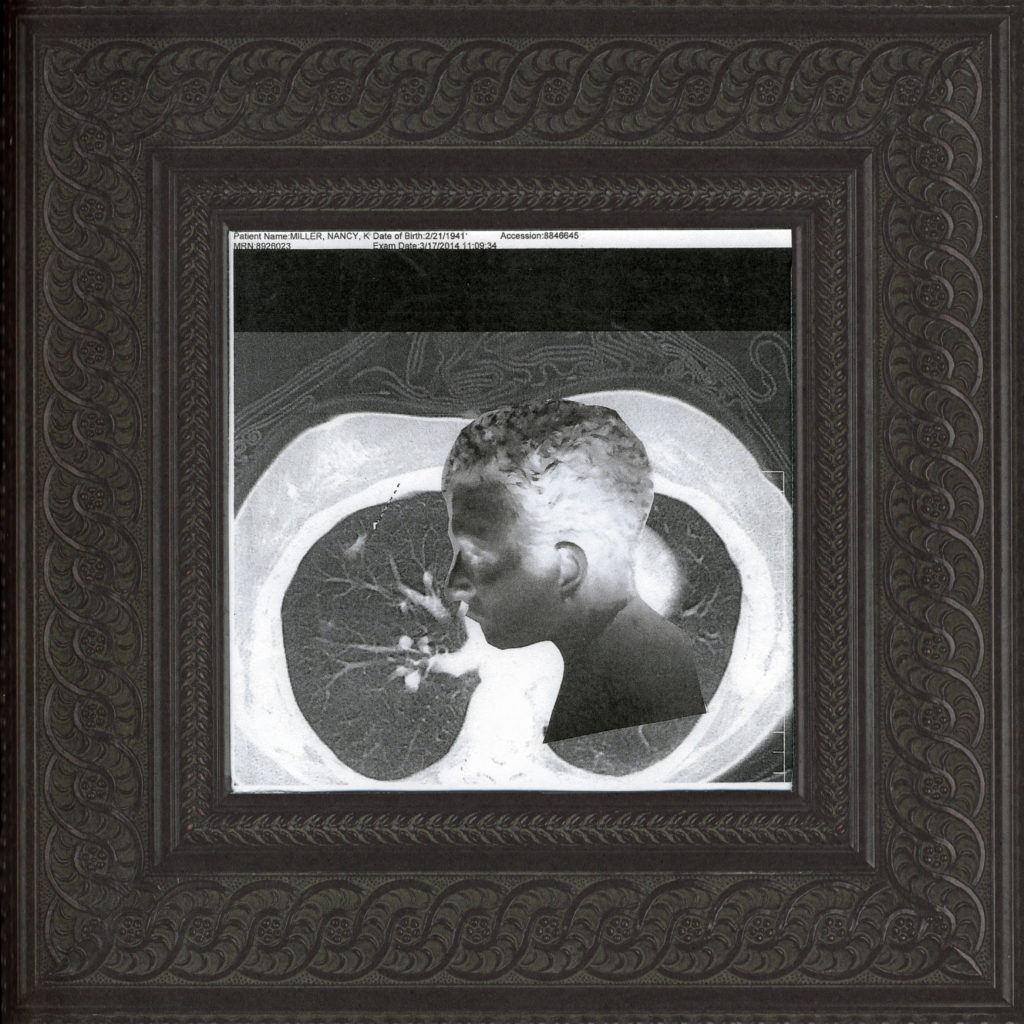
“Frame of Mind #1” by Nancy K. Miller in her essay “‘Is This Recover?’: Chronicity and Closure in Graphic Illness Memoir” in Graphic Medicine, pp. 53–70
UHP: The cover features the work of Grant Gronewold, whose work does not “seek to translate the experience of chronic illness” but offers the “opportunity to learn the language” the artist developed to describe his world. Why did you choose to feature Gronewold on the cover, and how does this image serve as an entry to the collection?
Editors: We chose to commission an original image from Grant because of his highly developed symbolism: his images reward close attention and repeated viewing. We believe his work powerfully demonstrates that comics can (and do) communicate something of the experience of illness and disability that prose or poetry cannot. The way he places the figure in a landscape alongside objects of medical treatment (the giant scalpel, the bag of “patient clothes”) registers the social and political position of someone who is ill very evocatively and, we think, signals the thought-provoking nature of the comics and articles the special issue contains.
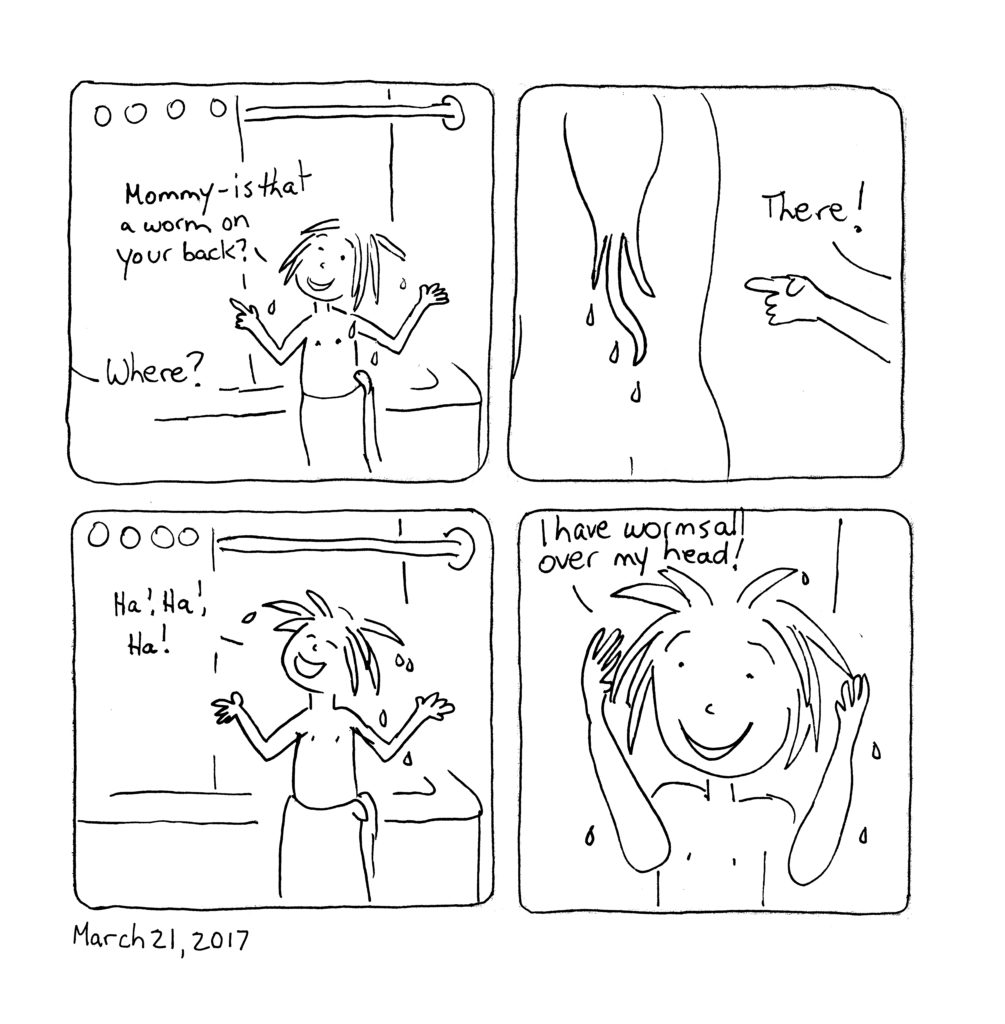
UHP: What was the most challenging thing about creating this collection?
Editors: Without doubt, the pandemic. We had originally planned to bring all our contributors together for a physical meeting where the pieces would be workshopped, and we had to move that online. Our contributors were generous and flexible in finding other ways to read and respond to each other’s work.
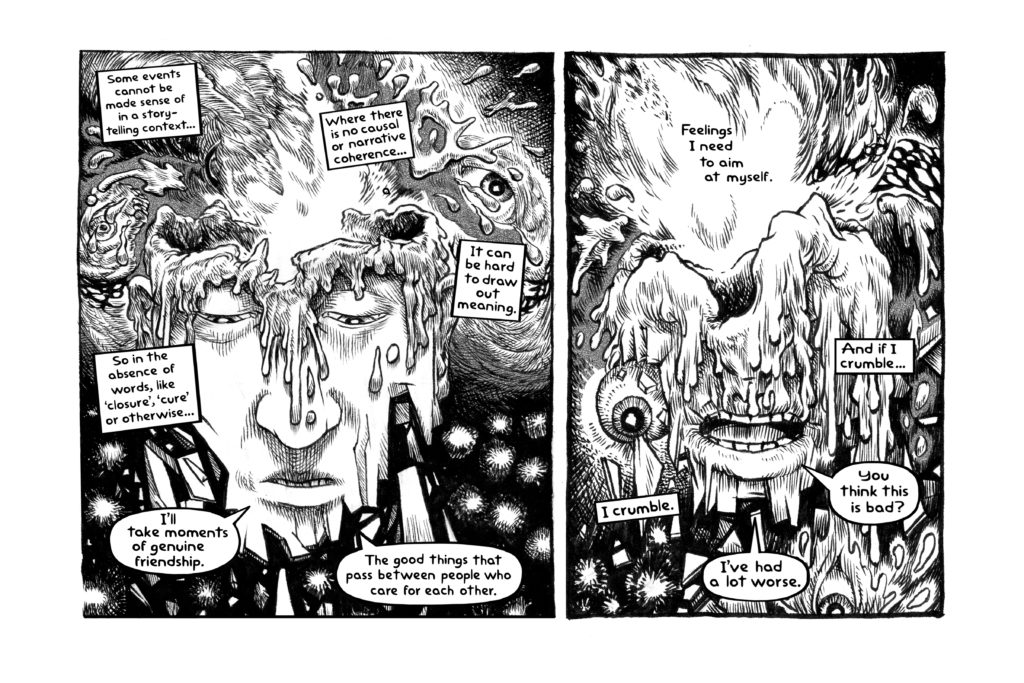
UHP: Since its publication, how has the response been?
Editors: We are getting lots of positive feedback about how beautiful the book is. A number of colleagues have commented on how much they like the range of contributions and the critical perspective the contributors bring to graphic medicine in terms of ethics and aesthetics.
UHP: How do you hope to see this collection exist in your field and the wider community?
Editors: Our hope is that some of the graphic medicine programs in medical schools might adopt the collection so that health communicators and doctors can continue to reflect on their role as readers and distributors of life writing about illness and disability.

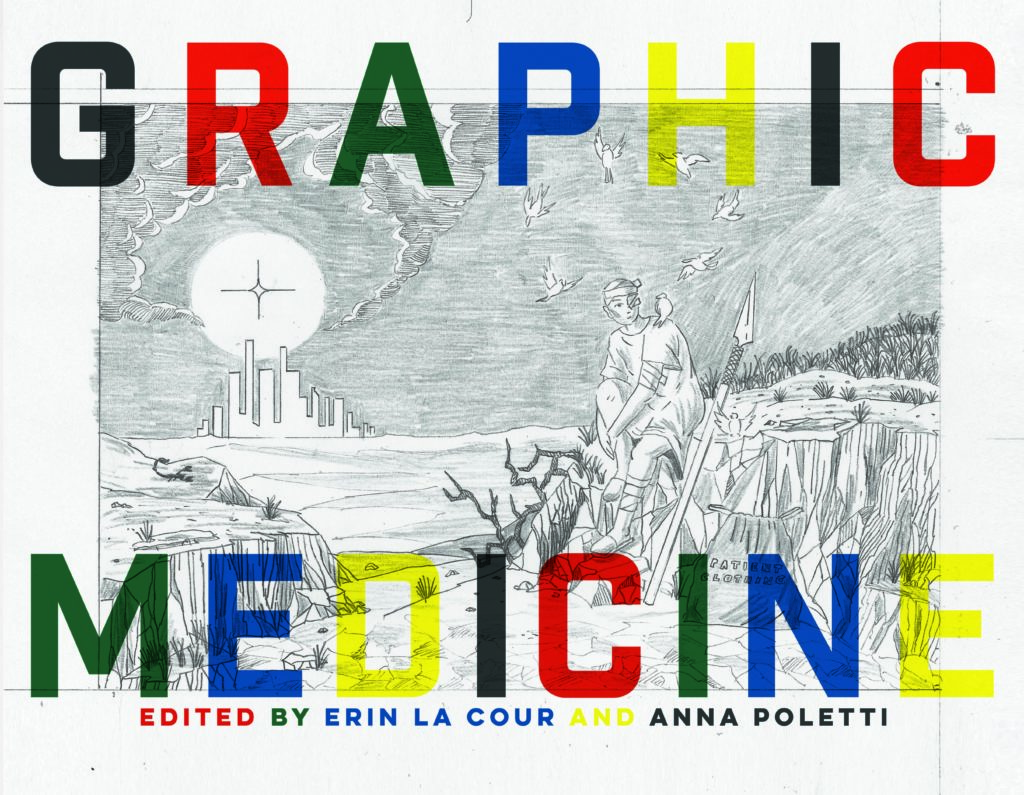
Get Graphic Medicine for 30% off
Buy the book today with code GMED30 for 30% off, valid until Dec. 31, 2022
Subscribe to Biography: An Interdisciplinary Quarterly
Subscribe now and get Graphic Medicine as part of your Biography subscription.
Read Graphic Medicine on Project MUSE.





